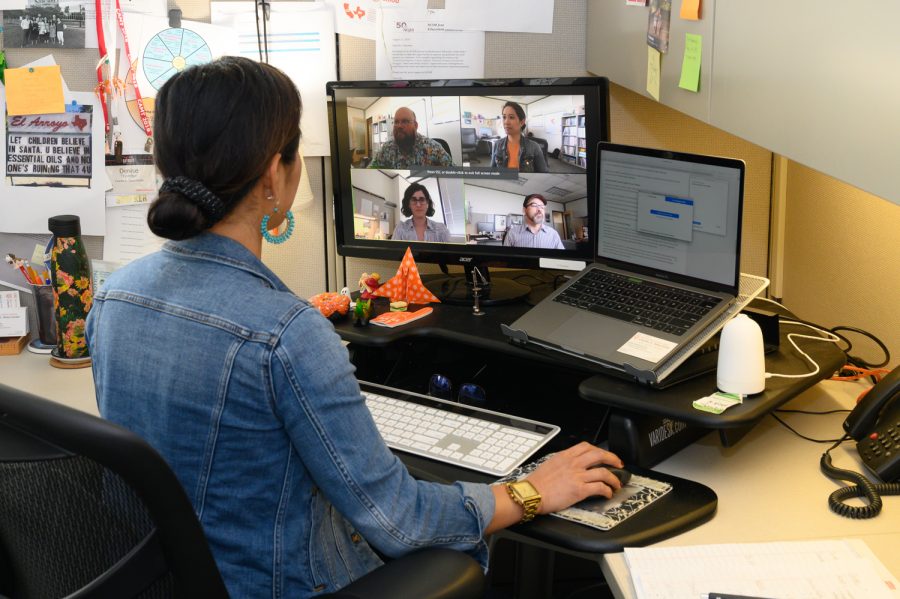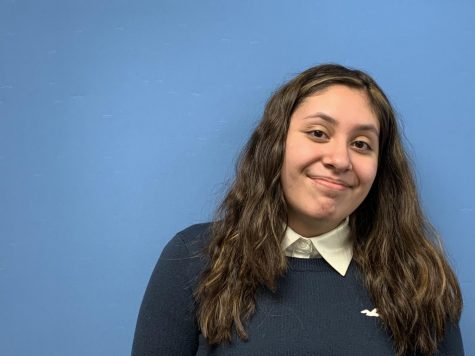“Virtually” Nothing Going On At Home
A Hard Lesson To Learn About Virtual Instruction
October 21, 2020
Some decisions in life just don’t matter: ice cream with sprinkles or without.
Other decisions can affect the rest of one’s life.
Removing any of the health concerns from the conversation, the battle of choosing to do school work online virtually with a teacher or coming to school in a hybrid format to learn face-to-face with a teacher is a very important issue; it determines how well a student learns. Clearly, the end result will be dependent upon the individual student. However, for most teenagers, there is no doubt that choosing a hybrid-style of learning will yield better academic results. It simply has far more to offer than online instruction can achieve.
Had this COVID-19 pandemic not forced schools to operate in ways it had never done before, it is doubtful that any school corporation would choose virtual learning as its primary method of instruction. But, during what has been dubbed the C19 semester this past spring, students had no choice but to do school online. That was not the case this fall, however. The school district had given the students and parents the choice between either virtual or hybrid instruction.
What some failed to take into consideration is that learning is more than what can be gleaned out of books. People thrive best around other people. With hybrid in instruction, a student can go to school, socialize with peers, get help from teachers, and have a chance to leave the house. Some people just also work better at school, too! Yet, these same students have the luxury of staying home to do school work part of the time, as well. This method is a perfect balance between going in-person and also receiving online instruction.
The student can be independent yet still have support and ask questions of his or her teacher next time they see each other. The same cannot be said for virtual instruction. Google Meets and emails can be quite helpful; however, it’s just not the same as being in person. Something gets lost in translation.
In addition to the somewhat impersonal nature of online learning, it can also be harmful from a technology standpoint. It can hurt eyesight and cause headaches from staring at the screens for hours. Hybrid instruction, on the other hand, still utilizes technology—which is good training for the future—however, it isn’t reliant upon it day in and day out. And, students still have the ability to connect with others in person.
“Hybrid is way much better than doing online,” asserts Leyda Vega, a hybrid sophomore at Elkhart East High School. “Having three days online gives me a chance to try to catch up, and the two days we go to school I can ask questions in class in person. Online just isn’t the same.” But, as important as the instructional aspect is, Vega offers the most important point. “Lastly, I can see some of my friends safely.”
Meena Snider, an online freshman at Elkhart East High School, shared a negative impact of doing school work online: “It’s a little more complex online because it’s more of teaching yourself and making sure to understand the lesson. Also,” she added, “there is not a lot of contact with teachers to ask questions.”
From both an academic and social perspective, it’s clear to see that switching to hybrid instruction is a much better alternative in the long run. Some virtual students might have learned this lesson already. It will be interesting to see how many will reconsider whether to stay on their couch or return to the classroom when scheduling for second semester.








